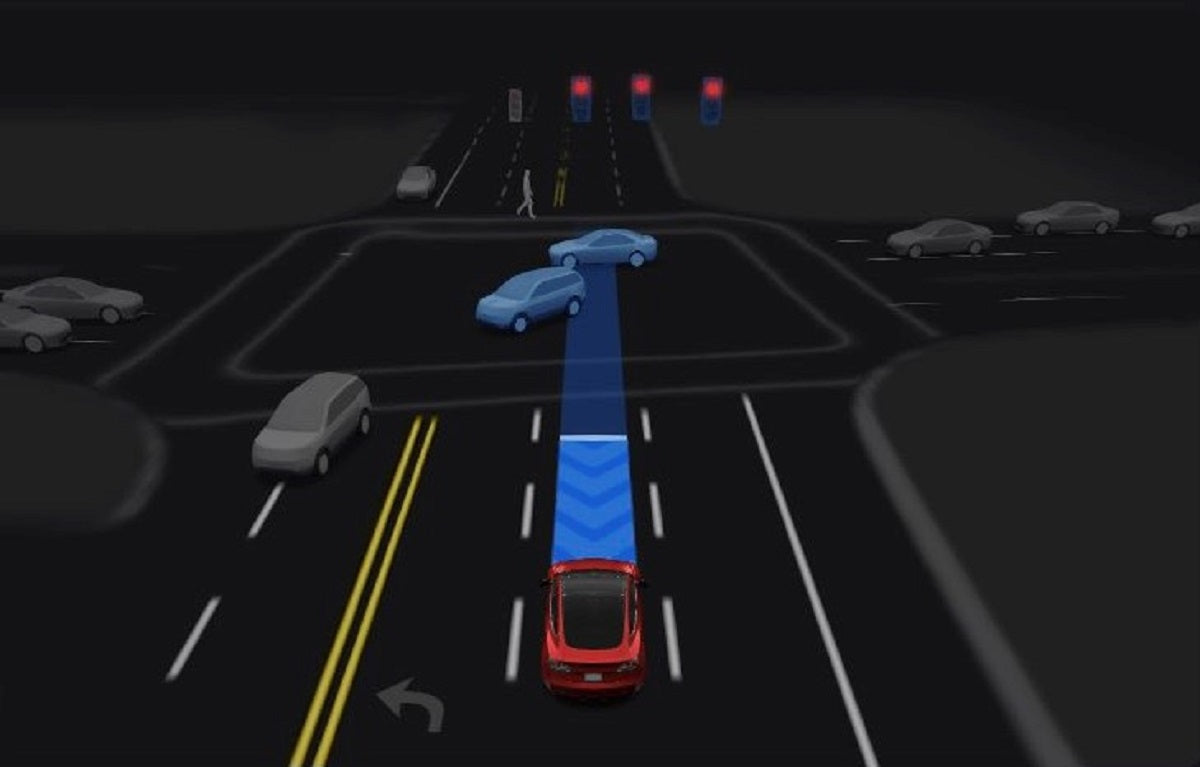AlanSubie4Life
Efficiency Obsessed Member
A lot of the literature on end-to-end autonomous driving seems to assume a modular approach, so it seems like they would use modules that they already have (of course they may all be optimized together).I still don't know why people still think V12 uses any of the V11 perceptual assets.
If V12 was simply a NN planner on top of V11 assets, Tesla would have built V12 gradually, in a software 2.0 style, where the NN would slowly replace more and more heuristic code.
There would have been no need to go all nets all at once.
That’s why replacing the planner with an NN seems like such a natural and incremental approach for them.
Who knows exactly what they are doing. But end-to-end v12 certainly doesn’t exclude them from building on all they have included to date (except the heuristic stuff that is being swapped out).



